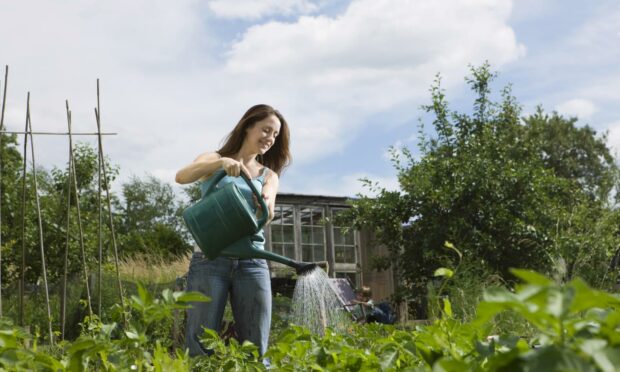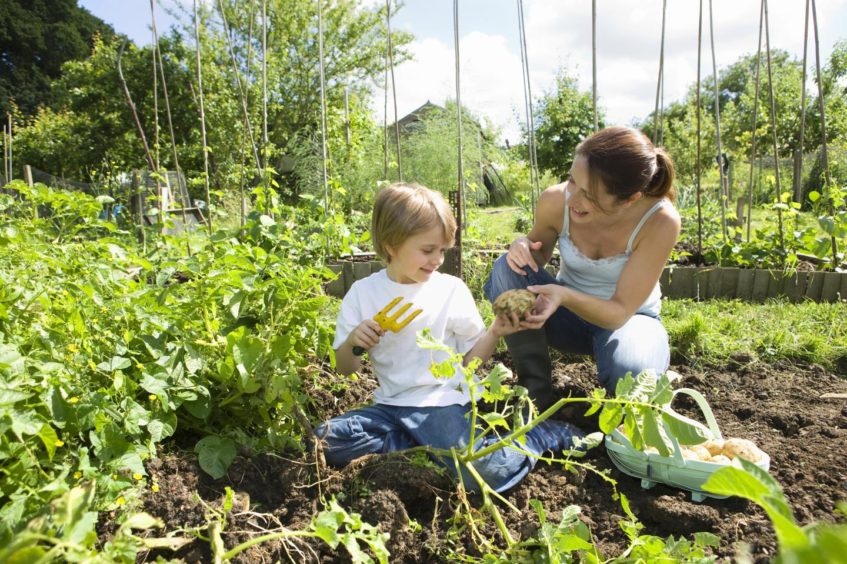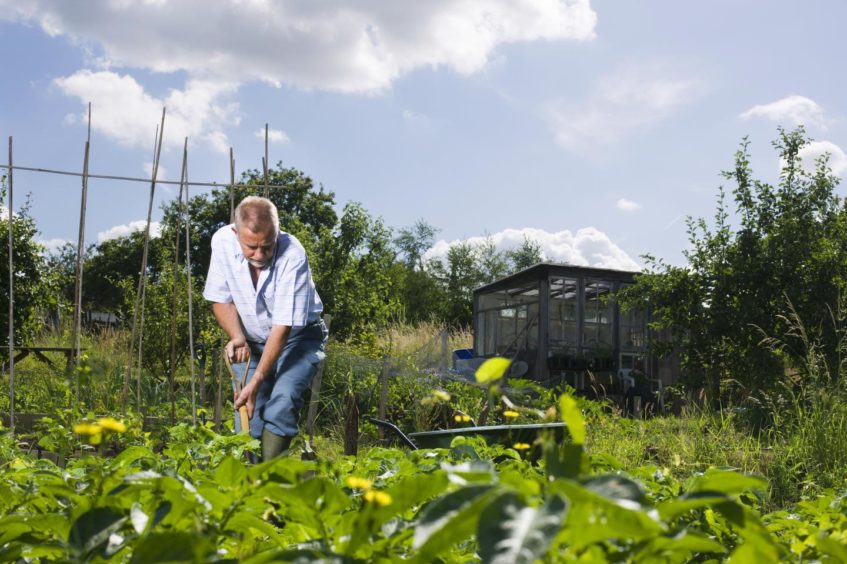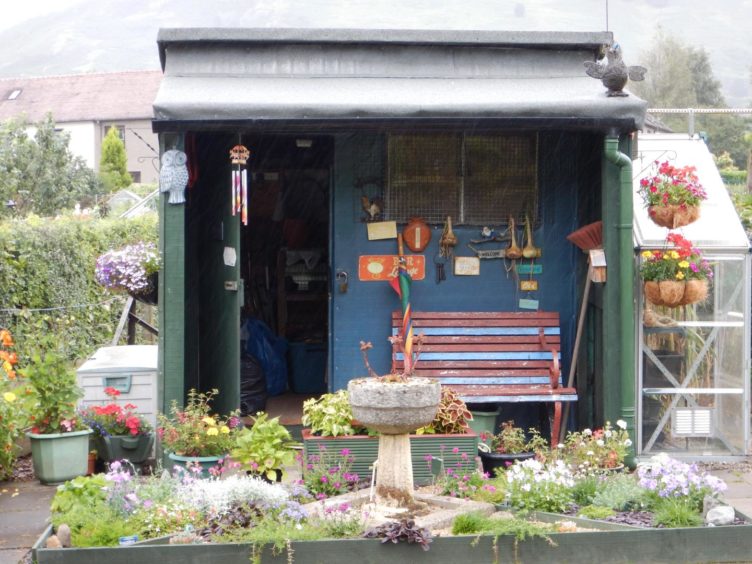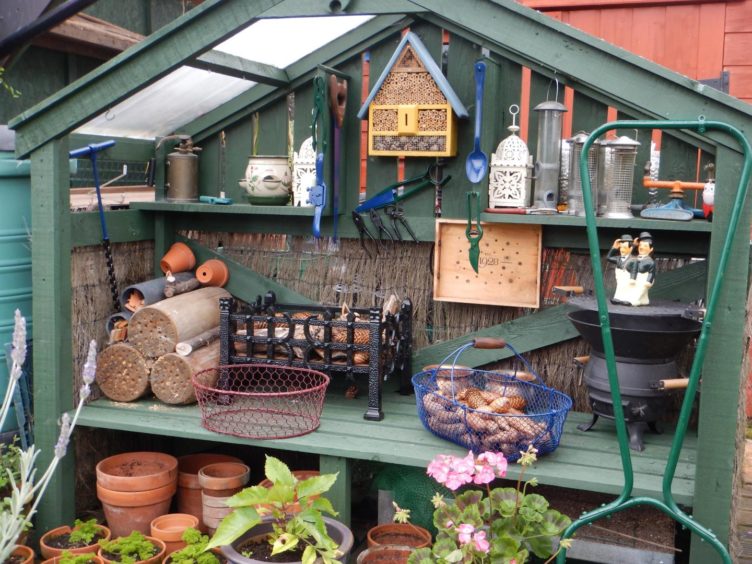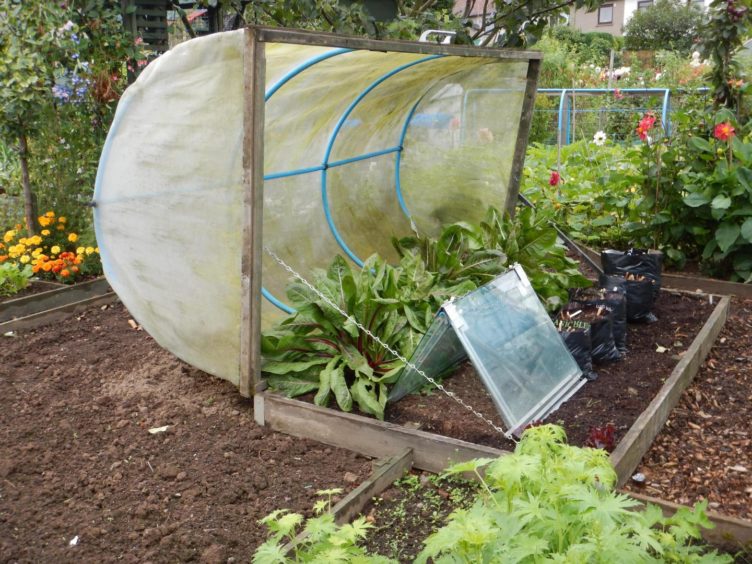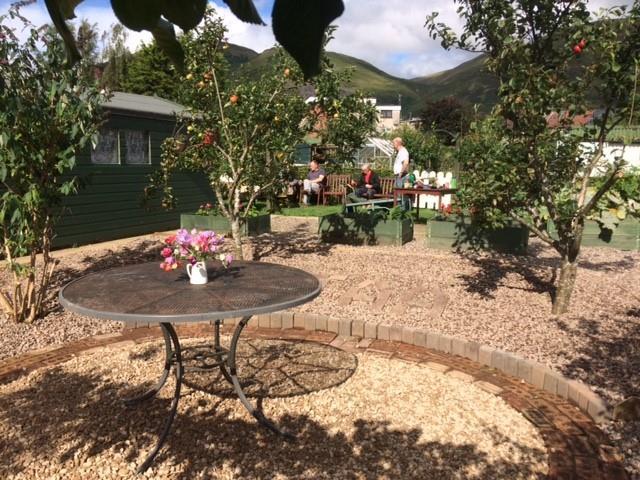Speaking to a chum the other day, the subject of allotments came up because, as it happens, a new allotment site has not long been started in Inverurie and I understand another is being planned not a million miles from our front door.
There is no doubt gardening is definitely making the headlines these days. Cynically, I might suggest that at least something decent has come out of this pandemic. It is like giving somebody a taste of a new cake – they just want more.
Age doesn’t come into it either, and that takes me back to my days in Shropshire in the Sixties when I visited schools, advising on their gardening projects. This included a new school in what might now be a suburb of Telford. It happened that this particular school was situated in what might be described by some as a “deprived” area, where the youngsters tended to be a wee bit wild. We got them gardening.
About three months on, visiting the school one day, I was “collared” by the janny to be told that these wee rascals were knocking on his door at 8am or thereby, asking for the keys to the garden shed so they could get started on their plots. Who would have believed it?
Joy of allotments
Allotments are not just about gardening, they become social clubs where all ages can be found mixing for a blether. At Aden country park allotments, I was present when two guys met up for a chat. They didn’t know each other BUT surprise, surprise they lived at opposite ends of the same street.
At Tillicoultry a couple of years ago, I met and chatted with an elderly lady, working on her raised beds. Later, I discovered that she gardened there with her husband; he had passed away recently so the folks provided her with the miniature garden so she could return, as usual to be among friends. The problem of loneliness was solved – by gardening.
Which is a huge introduction to the key question. What are the priorities when you take over an allotment or a new garden for the first time?
- Arrange to have a soil analysis done so that you know what you are working with, what the deficiencies are and how to get the best out of it.
- Check for the presence of perennial weeds which can be a nuisance. Attitudes on this topic have changed somewhat nowadays. Some people may choose to dig them out while others may spot treat with a suitable herbicide in order to start with a clean sheet.
- Try to establish if there is any history of soil-bourne pests and diseases which might attack your fruit and vegetables, such as Eelworm which can attack potatoes, and Clubroot a real stinker of a disease which attacks many of the cabbage family.
Reference was made earlier to perhaps acquiring a “new” allotment on a fresh piece of ground, but if you are not so lucky and fall heir to an existing overgrown allotment, what’s the best plan?
Firstly, clear all herbage using scythe, sickle, hedge trimmer, shears, strimmer, etc. Any woody perennials such as brambles can be dug out. Old fruit trees and bushes can be removed unless there is some possibility of regenerative pruning, bearing in mind that they could be harbouring all manner of nasty pests and diseases. As re-growth of the ground cover population begins to appear, you may need to treat with herbicide or, dig out and destroy the offenders.
In the meantime begin to formulate the layout of paths, position of a composting facility, shed, glasshouse, etc. then decide on the layout of the garden beds with a four-course rotation in mind.
Why bother with all that palaver? Answer – simply because it is the best way to maximise your efforts, getting the best out of the soil and helping to guard against a build-up of these debilitating pests and diseases. In other words, planting the same crop on the same piece of ground year in and year out is simply asking for trouble.
What should I grow?
Believe it or not, that is a question I am asked. Another way of putting it, I suppose, would be – which are the best veg for beginners to experiment with?
My list would be: potatoes, onion sets, peas, beans, leeks, brassicas (the cabbage family), carrot, beetroot and salads.
Basically, there is no point in growing stuff that you won’t use. I don’t grow celery because neither my wife nor I are particularly fond of it. Don’t know why Billie doesn’t like it but I can’t stand the stuff!
I should add that I tend to grow varieties that I have used for decades BUT, every now and again I spot something which catches my eye – a new carrot variety, for example.
Yes, I’ll try it, but I will grow it ALONGSIDE my old favourite to prove to myself whether it is tastier, while being just as productive or better. That was my advice given regularly in my Beechgrove days.
Now to a picture or two from Tillicoultry to encourage all you budding allotmenteers – enjoy!
